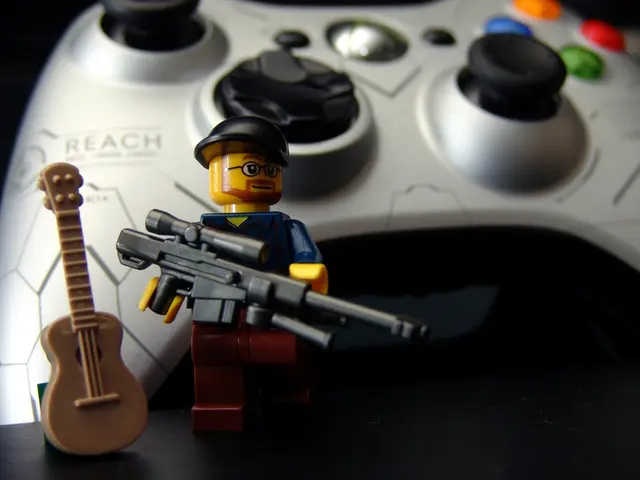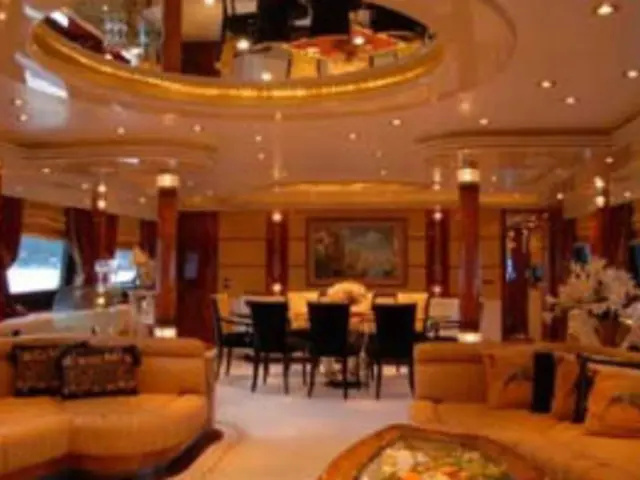Guideline for Creating Engaging Architecture Visualizations That Deliver Captivating Narratives
Ready to captivate your viewers with a killer archviz animation? Here's the lowdown on how to 3D design an immersive, attention-grabbing animation that rivals static images.
Archviz animation: More than just a picture show
Archviz animation offers a dynamic, engaging way to present architectural designs. Instead of mere blueprints or images, you're providing potential clients with living, breathing experiences that let them explore the space. Simply put, animations bring your vision to life in a way that static visuals can't.
Why is storytelling critical in archviz animation?
This captivating aspect is crucial for developers, real estate marketers, and architects. Animations transform schematics and images into vivid adventures that are easy for potential buyers to connect with. By leading them through the space, animations connect, communicate and convince faster than static images ever could.
Pillars of a knockout archviz animation
Creating a winning animates involves ensuring several components are in place to engage your audience:
Camera movement
Smooth, intentional camera paths mimic human exploration and enhance immersion, directing viewers to key design features.
Lighting and mood
Light sets the tone, whether it's a soft morning glow or stark daylight. Correct lighting helps establish mood, time of day, and use context.
Materials and details
Texture, reflections, and finishing details like fabric creases and glossy tiles make the animation feel tangible and inviting.
Pacing and transitions
The flow matters – natural transitions between scenes and consistent pacing keep the audience engaged without overwhelming them.
Sound design (optional but essential)
Music, ambient sounds, or voiceovers add another sensory layer, elevating the emotional tone and enhancing storytelling.
Production process: From concept to final delivery
Bringing your archviz animation to life calls for a well-orchestrated workflow:
Pre-production
sketch concept, create moodboards, and develop storyboards – determine visual and narrative direction.
Modeling & Texturing
Prepare or refine accurate 3D models, applying materials to create believable environments.
Animation
Set keyframes and camera paths, defining movement, angles, and speeds.
Rendering
Use tools like V-Ray or Unreal Engine to render the animation frame by frame. Optimize for quality vs. rendering time when deadlines loom.
Post-production
Edit the footage, apply color correction, and add effects or sound effects if needed.
Popular software & tools for archviz animation
A range of tools help with creating captivating archviz animations, with popular choices being:
- 3ds Max with V-Ray for high-end photorealism
- Blender for flexible open-source creation
- Unreal Engine for real-time rendering
- Lumion for quick results with less complexity
Real-time and offline rendering have their advantages. While real-time engines offer speed and interactivity, offline solutions provide greater visual fidelity.
Enhance your workflow using plugins like Forest Pack, RailClone, and Adobe After Effects.
Top tips for efficiency and impact
- Keep animations concise and focused
- Achieve a balance between realism and emotional impact
- Adapt the animation to the presentation format and audience
Deliverables & formats
Animations are typically delivered in popular, widely supported formats such as MP4 and MOV. For web use or previews, optimized GIFs can be an option. Standard resolution is Full HD, but 4K is increasingly common for high-end presentations. Ensure your animations adapt to various screen formats and aspect ratios.
Sharing platforms
Host animations on YouTube or Vimeo for smooth playback across multiple platforms and devices. They can be easily embedded in presentations, websites, or shared with clients via links.
Make your mark with professional 3D renderings
Still liking your static renders? Well, archviz animation can offer a more engaging, immersive, and persuasive way to present designs. Effective visual storytelling helps architects win pitches, developers attract buyers, and marketers increase engagement. And with professional CGI studios, animations are more accessible than ever.
Need assistance upgrading your archviz presentation game? Get in touch with ArchiCGI to team up with a force of professionals who consistently deliver top-quality, cutting-edge results.
Written by Stacey Mur
Content Writer, Copywriter
Stacey is a content writer and CG artist. Outside of work, she enjoys musicals, Star Wars, and art talk. Proud Corgi parent.
- Archviz animation, a dynamic approach, provides potential clients with immersive, explorable experiences of design – a more captivating alternative to static images.
- Effective storytelling through archviz animation connects, communicates, and convinces developers, marketers, and architects faster than static images could.
- Smooth camera movement in animations, mimicking human exploration, enhances audience engagement and directs focus to key design elements.
- Appropriate lighting and mood feature in a successful archviz animation, establishing tone, time, and use context to create immersive environments.
- A realistic-feeling animation requires attention to detail: reflections, texture, and finishing details like fabric creases and glossy tiles help create a tangible, inviting experience.
- Proper pacing and transitions are crucial to maintaining audience engagement without overwhelming them, allowing for seamless exploration and understanding of space.
- Sound design – music, ambient sounds, or voiceovers – adds another layer of immersion, amplifying emotion and storytelling in archviz animations.
- For a successful archviz animation, collaboration between concept, modeling, animation, rendering, and post-production stages is essential – using tools like 3ds Max, Blender, Unreal Engine, or Lumion to bring the final product to life.








